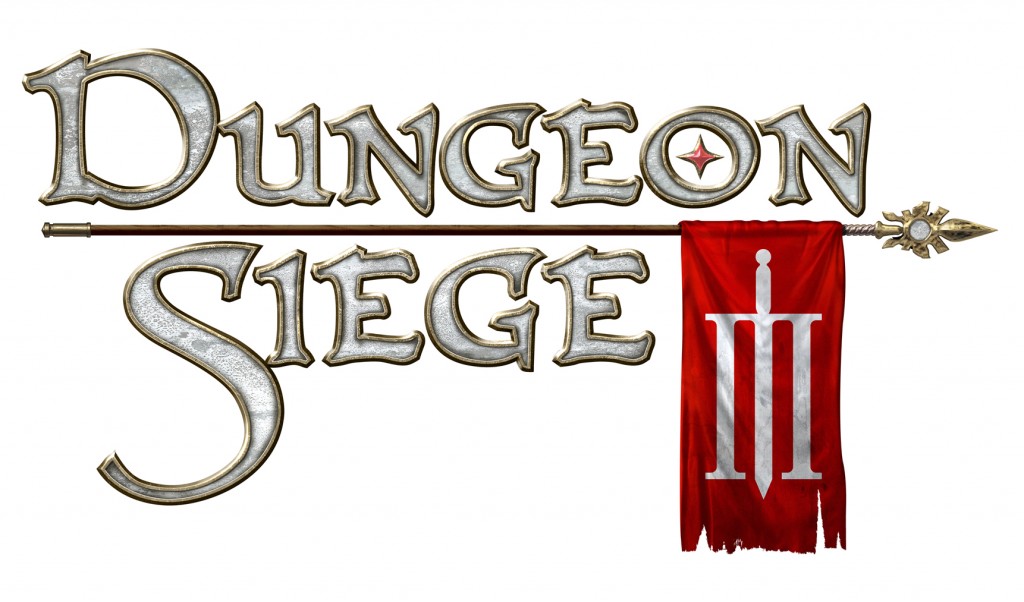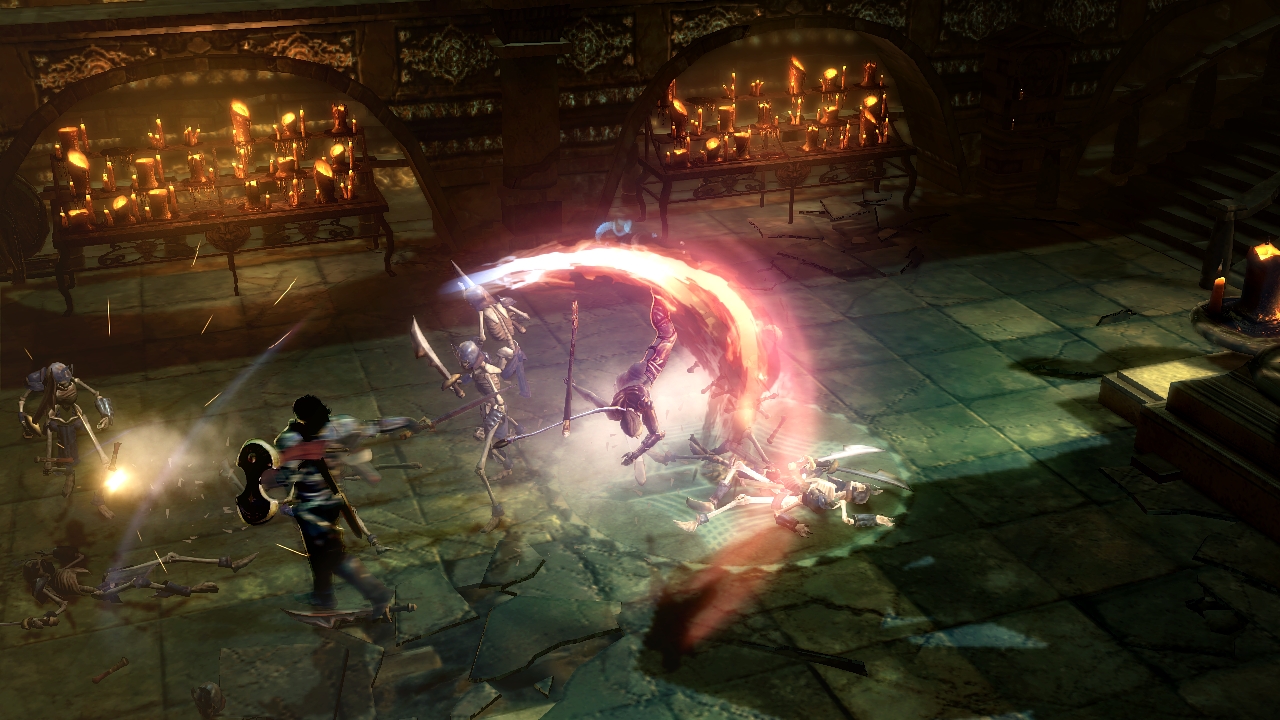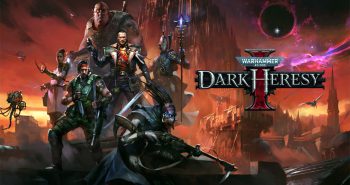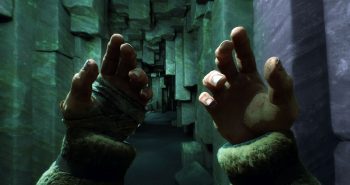 It’s been a couple years since I sat down to play a traditional role-playing game. I’ve dabbled in the Fallout series (if you can call 102 hours in Fallout 3 “dabbling”). But it’s been quite some time since I took on the adventure of an old standard style of magic, goblins, and broadswords. In a lot of ways, Dungeon Siege III feels familiar but it has evolved enough that it still held a lot of surprises for me. We have the classic character classes that include your barbarian, magician, archer, and combo characters. Then we have some new twists on the genre that include steampunk elements and multiplayer function. Dungeon Siege III is the first of the title series available on the console platforms, PlayStation 3 and Xbox 360.
It’s been a couple years since I sat down to play a traditional role-playing game. I’ve dabbled in the Fallout series (if you can call 102 hours in Fallout 3 “dabbling”). But it’s been quite some time since I took on the adventure of an old standard style of magic, goblins, and broadswords. In a lot of ways, Dungeon Siege III feels familiar but it has evolved enough that it still held a lot of surprises for me. We have the classic character classes that include your barbarian, magician, archer, and combo characters. Then we have some new twists on the genre that include steampunk elements and multiplayer function. Dungeon Siege III is the first of the title series available on the console platforms, PlayStation 3 and Xbox 360.
Getting What I Expected
Dungeon Siege III picks up in the same realm as its PC predecessors but set several hundred years later. When I first started playing, I got the impression that the game picked up where Dungeon Siege II left off but this isn’t the case. The game play jumps right into the aftermath of an ambush that wiped out your fellow Legionaires when you meet your first companion. The companion AI is pretty well run. It heals and revives the player when needed, attacks are constant and diverse so the action always looks pretty cool, and the companion retrieves any gold dropped by enemies in battle.
Going into towns and taking part in side quests is a lot of fun in Dungeon Siege III. The voice acting is fun and the animation is well done. Each side quests tells a interesting or compelling story that you usually don’t feel like you’re running tedious errands. Even though a lot of them don’t do much to promote the main storyline, I accepted each side quest I encountered because they always offered a unique challenge that I wouldn’t find in the main plot.
I found the merchants much less appealing in this game. This is mainly due to the over-abundance of items found in battle or in the endless treasure chests. More often than not, I found my inventory full and unable to pick up more swag because most battles yield 2-3 weapons or armor. While having an abundance of varied items allows the player to fully customize their player according to their unique play style, I found this to be more of a hindrance than a benefit. More than anything, having a surplus of items takes away from the fun of trying to search for that elite weapon or the superior armor. These items certainly exist in the game and they stand out above the rest of your inventory but by the time I found them, I stopped caring.
On the other hand, character development is quite a treat. Each character can learn 9 abilities as they level up and then customize those abilities by assigning proficiency points to make each player individual. The player can make an attack feed hit points back to the character or create splash damage that affects surrounding enemies. A healing spell can heal faster or it can cause nearby enemies to take on a slowing effect.
Enemies and bosses are mostly your standard fare; goblins, mercenaries, spiders, and ogres. Bosses tend to be over-sized versions of whatever you played in the level leading up to the big battle. There are several stand-out bosses that provide a much bigger challenge, having to destroy different components or elements in the battle arena before you can damage the main boss. This really didn’t offer anything new or novel but there were enough challenges that it made the game play enjoyable.
What I Didn’t Expect
Though most of the game play elements, enemies, and leveling are completely standard according to RPG cannon, Dungeon Siege III still held plenty of surprises. The most jarring for me was the sudden invasion of steampunk into the story. For the unaware, “Steampunk” is a term that refers to a sort of anachronistic combination of old Victorian fashion and evolved clockwork machines that are steam powered. After many hours of traditional story and gaming, I left a realm of magic and beasts of the forest for battle with automatons with a backdrop of giant gears. Some players might find this shift as a welcome change and that it provides an interesting addition to the game. Personally, I found it jarring and out of place. The storyline was still fun and compelling but I couldn’t stop thinking how weird and out of place the whole thing felt to me. I was glad to finally finish the levels and move past that segment of the game.
The character interactions with NPC’s were enjoyable to take part in but the conversation is relatively limited. Usually, you have the four reply choices and unless you flatly refuse to take part in the side quest or conversation, the story rolls through to the next event and you gain superfluous influence over your companion. Though gaining influence seems like a good thing to gain in the story, I never really saw how it benefits the game play in the least.
What stood out as the biggest improvement over other RPG’s I’ve played was how seamless the camera is. There are two basic modes; elevated view and a lower view that is just a few feet above and behind your hero. Regardless of the view, the camera adjusted quickly and smoothly to structural elements so your view was never impeded. The angle moved accordingly for tight corners and cluttered areas without pulling in too tight or trying to push through anything awkwardly.
At The End Of The Day
Dungeon Siege III is a pretty great game. It’s not breaking any real ground and it’s not going to redefine a genre. But for the RPG gamer who loves spells, swords, and spiders, it’s a blast. The characters are engaging and the action is swift. The spells are incredibly well animated which makes the development of new spells that much more exciting. This is a safe buy for a fan of role-playing games.






